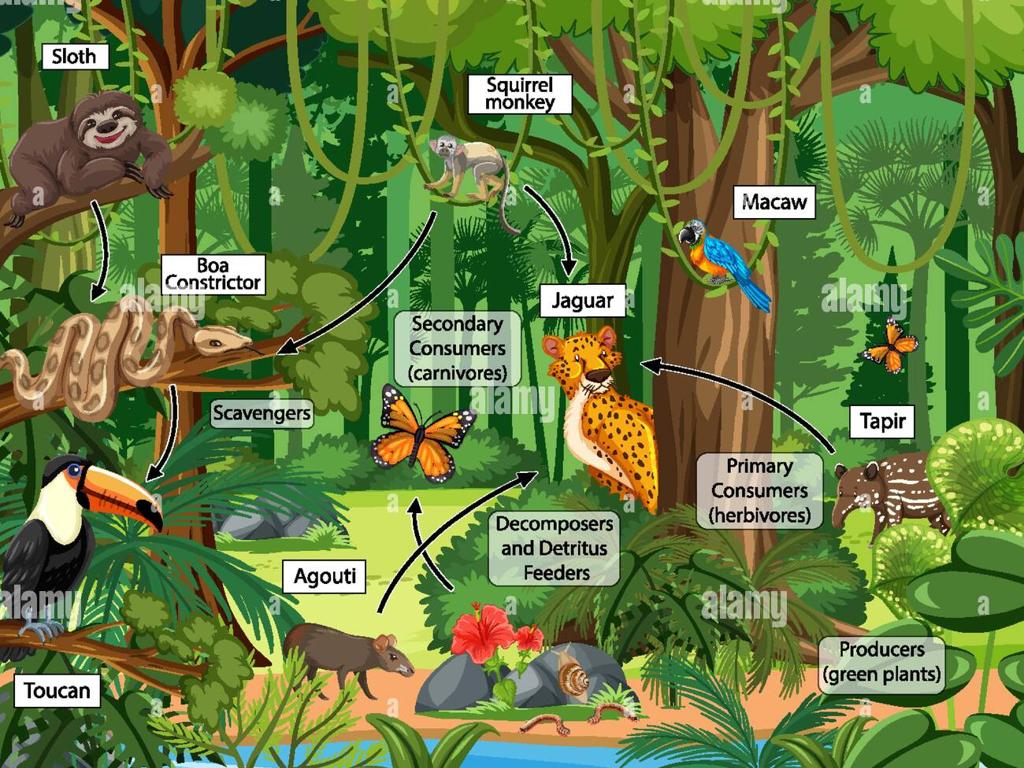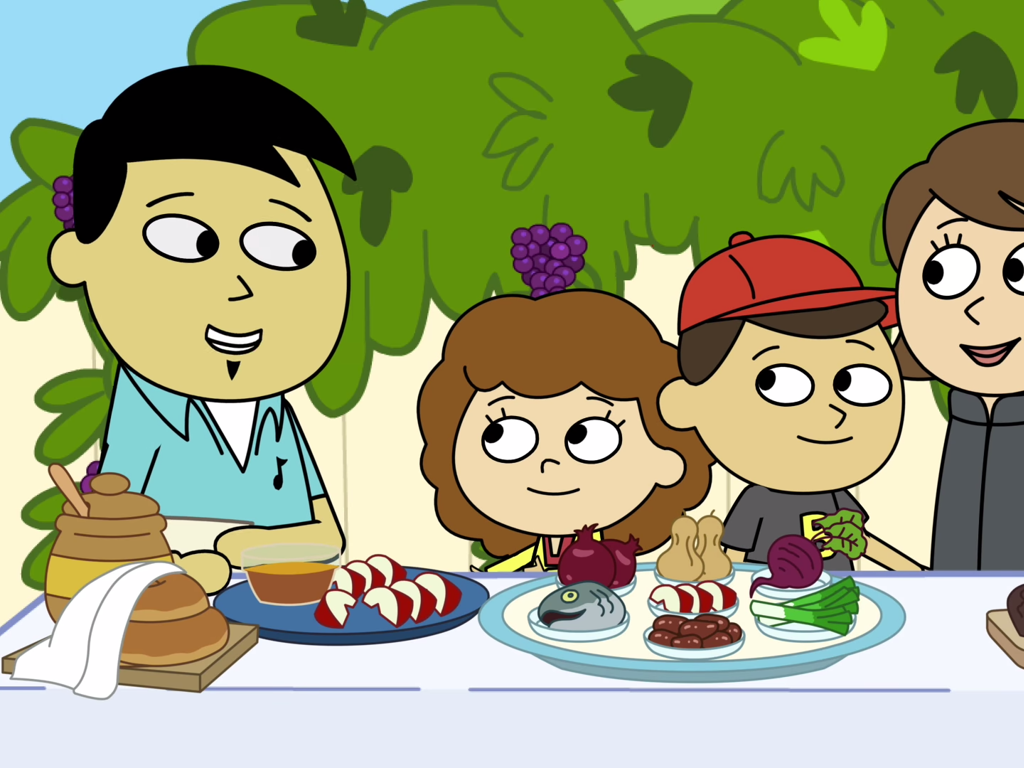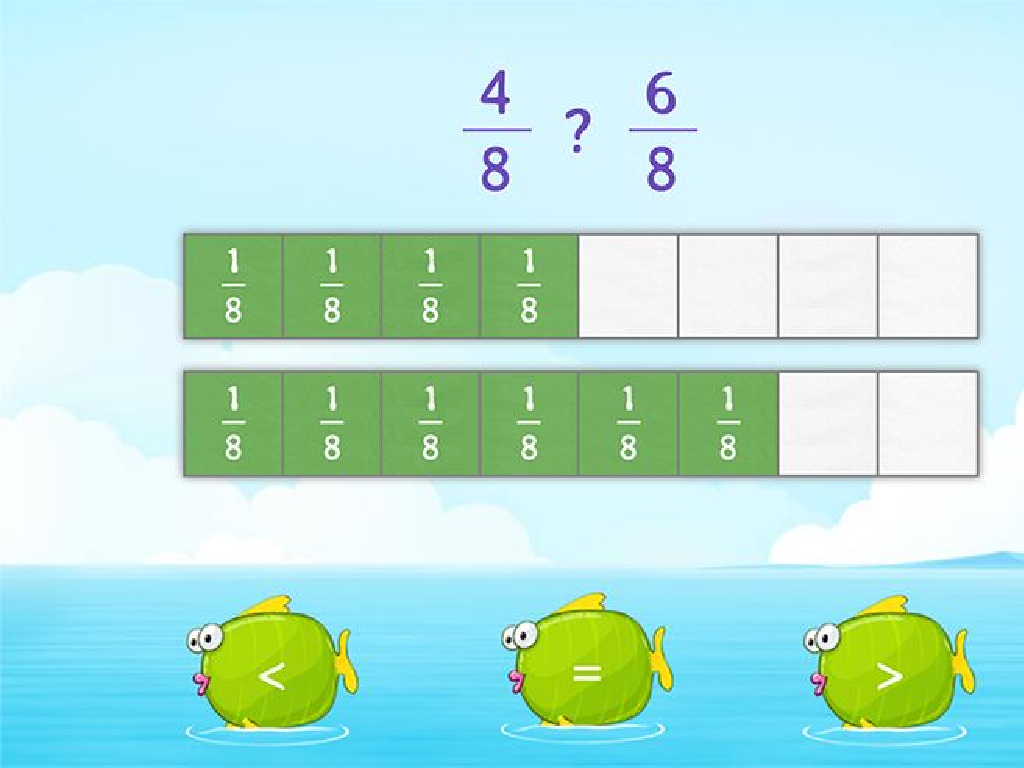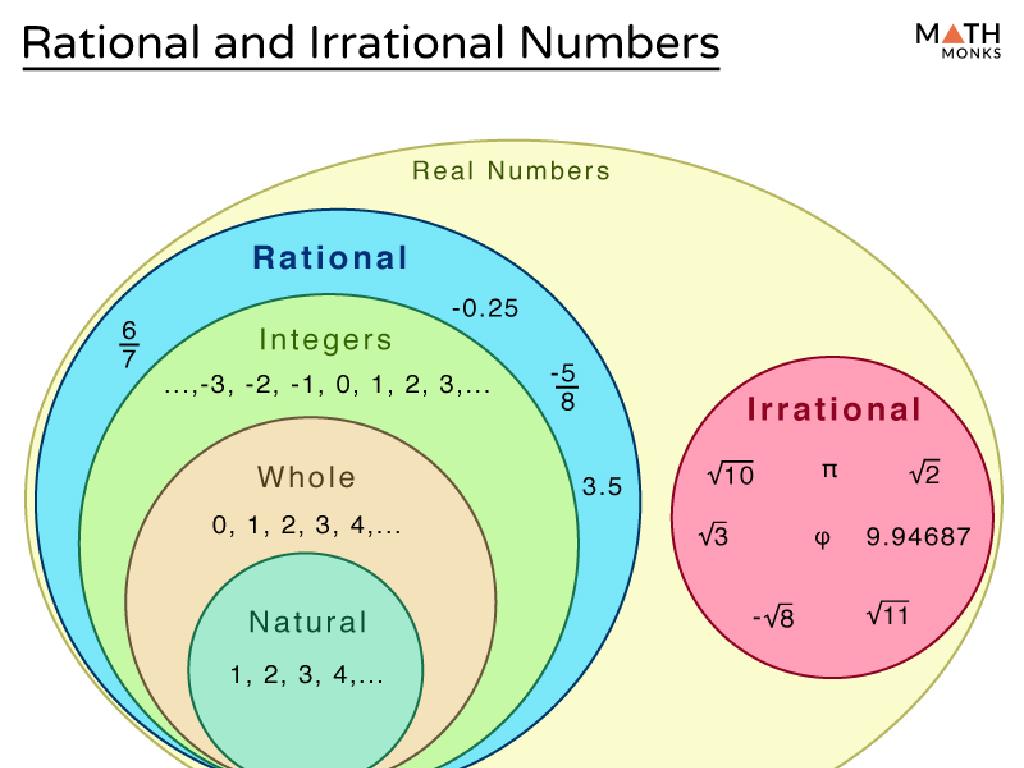Flowering Plant And Conifer Life Cycles
Subject: Science
Grade: Sixth grade
Topic: Plant Reproduction
Please LOG IN to download the presentation. Access is available to registered users only.
View More Content
Welcome to Plant Reproduction
– Explore plant reproduction basics
– Significance of plants in ecosystems
– Plants produce oxygen, support food chains, and sustain biodiversity.
– Overview of flowering plant life cycle
– Flowering plants undergo pollination, seed development, and dispersal.
– Introduction to conifer life cycles
– Conifers reproduce with cones and have a different cycle than flowering plants.
|
This slide introduces the concept of plant reproduction, emphasizing the role of plants in our ecosystem, including oxygen production and the support of food chains. Highlight the importance of understanding the life cycles of different types of plants, such as flowering plants and conifers, which have unique reproductive processes. Flowering plants rely on pollination, seed formation, and dispersal to reproduce, while conifers use cones and have a separate set of reproductive stages. Encourage students to consider the diversity of plant life cycles and their adaptations to various environments. This will set the stage for a more detailed look at each type of plant’s life cycle in subsequent lessons.
Understanding Life Cycles: Plants vs. Animals
– Define a Life Cycle
– Sequence of stages from birth to reproduction ending with death
– Life Cycle Stages
– Birth, growth, reproduction, and death are universal stages
– Plant vs. Animal Life Cycles
– Plants often have distinct phases; animals have more varied cycles
– Cycle Importance
|
This slide introduces the concept of a life cycle, which is the series of changes in life from the beginning to the end. Emphasize that all living organisms, including plants and animals, go through life cycles, but these can look very different. For example, flowering plants begin with a seed, grow into a mature plant, produce flowers, and after pollination and fertilization, produce seeds before dying. Animals may have more complex life cycles with stages like infancy, adolescence, and adulthood. Highlight the importance of understanding life cycles in studying biology and ecosystems. Encourage students to think about how different life cycles impact the environment and our understanding of growth and development.
The Life Cycle of Flowering Plants
– Defining flowering plants
– Flowering plants, or angiosperms, have seeds enclosed within a fruit
– Flowers’ role in reproduction
– Flowers facilitate the union of sperm with eggs
– Pollination process
– Transfer of pollen from anther to stigma
– Significance of pollination
– Essential for seed production and plant diversity
|
This slide introduces students to the basics of flowering plants and their reproductive cycle. Flowering plants, known as angiosperms, are characterized by their seed-producing flowers. The role of flowers is crucial as they are the reproductive structures that enable the fertilization process. Pollination, the transfer of pollen grains from the male anther to the female stigma, can occur via wind, water, or animal carriers and is vital for the production of seeds. Understanding pollination is key to grasping how plant species propagate and maintain biodiversity. Encourage students to think about different pollinators they know, like bees or butterflies, and how these creatures contribute to the life cycle of plants.
Life Cycle of a Flowering Plant
– From seed to dispersal
– Seed, germination, growth, flowering, pollination, seed formation, dispersal
– Pollination’s key players
– Bees and pollinators are crucial for the pollination stage
– Sunflower: A cycle example
– Sunflowers begin as seeds, grow into tall flowers, and after pollination, produce seeds that spread
– Importance of each stage
|
This slide introduces the life cycle of a flowering plant, which is a continuous loop starting from a seed and ending with seed dispersal, ready to start the cycle anew. Each stage is vital for the survival of the plant species. Pollinators such as bees play an essential role in the pollination process, transferring pollen from one flower to another, leading to fertilization and seed formation. The sunflower is a prime example of this cycle, showcasing each stage in a clear and observable manner. Students should understand the importance of each stage and the role of pollinators in the reproduction of flowering plants. Encourage students to observe these stages in real life if possible, and discuss the impact of each stage on the ecosystem.
Exploring Conifers in Plant Reproduction
– Characteristics of conifers
– Evergreen, needle-like leaves, produce cones
– Cones: Key to reproduction
– Cones protect and disperse seeds
– Male vs. Female cones
– Male cones release pollen, female cones bear seeds
– Pollination process
– Wind carries pollen from male to female cones
|
Conifers are a unique group of gymnosperms that are easily recognized by their needle-like leaves and their seed-producing cones. They are predominantly evergreen and can survive in various climates. The cones play a crucial role in the reproductive cycle of conifers. Male cones, which are typically smaller, produce pollen that is distributed by the wind to the larger, ovule-bearing female cones. Understanding the differences between male and female cones is essential for comprehending the pollination and fertilization process in conifers. This slide will help students visualize the reproductive strategy of conifers and the significance of cones in their life cycle. Encourage students to think about how this process compares to flowering plants and the role of wind in pollination.
Life Cycle of a Conifer
– Cone production stage
– Conifers produce male and female cones
– Pollination process
– Wind carries pollen from male to female cones
– Seed development phase
– Seeds develop within the female cone
– Seed dispersal mechanism
– Seeds are spread by wind or animals
– Growth into mature conifers
– Seeds grow into adult conifer trees
|
This slide outlines the life cycle of conifers, which are gymnosperms and reproduce without flowers. The cycle begins with cone production, where conifers produce distinct male and female cones. Pollination occurs when the wind carries pollen from the male cones to the female cones. Following pollination, seeds develop inside the female cones. Once mature, these seeds are dispersed by wind or animals and eventually grow into mature conifer trees, such as pine trees. Use the pine tree as an example to illustrate each stage, and encourage students to think of other conifers they know. Discuss the importance of each stage and how it contributes to the survival and reproduction of conifers.
Comparing Plant Life Cycles: Flowering Plants vs. Conifers
– Similar life cycle stages
– Both go through growth, reproduction, and seeding stages.
– Unique reproductive adaptations
– Flowering plants use flowers, while conifers use cones for reproduction.
– Local area plant growth
– Investigate which of these plants are native to our region.
– Classroom discussion and examples
|
This slide aims to compare and contrast the life cycles of flowering plants and conifers, highlighting both their similarities and differences. Students should understand that while both plant types go through similar stages of life, their reproductive strategies are adapted to their specific environments. For example, flowering plants attract pollinators with their flowers, whereas conifers rely on wind to disperse their seeds. Encourage students to think about the local flora and consider which of these plants they might find in their surroundings. The discussion will help them apply their knowledge to real-world contexts and understand biodiversity in their local ecosystem. Provide examples of local flowering plants and conifers to make the content relatable.
Class Activity: Grow Your Own Plant!
– Overview: Planting seeds in class
– Gather materials for planting
– Seeds, soil, pots, water, and sunlight are needed
– Step-by-step planting instructions
– Cover how to plant seeds and daily care routines
– Keep an observation journal
– Record growth stages and changes in your plant
|
This hands-on activity is designed to give students a practical understanding of plant life cycles by growing their own plants. Provide each student with seeds, soil, pots, and ensure access to water and sunlight. Guide them through the process of planting seeds and discuss the importance of proper care, such as regular watering and providing enough sunlight. Encourage students to observe and record the changes in their plants in an observation journal, noting germination, growth, and any flowering stages. This will help them connect the theoretical knowledge of plant life cycles with real-life observations. Possible activities include measuring plant growth, comparing growth rates under different conditions, drawing the plant at various stages, or even a photo diary. This activity fosters responsibility and scientific inquiry.
Recap: Plant Life Cycles & Homework
– Review plant life cycles
– Significance of plants
– Plants provide oxygen, food, and habitats
– Homework: Life cycle illustration
– Choose a plant you see often
– Label parts of a local plant
– Include stages like seed, germination, etc.
|
This slide concludes our lesson on the life cycles of flowering plants and conifers. Begin by summarizing the stages of both life cycles, emphasizing the differences and similarities. Highlight the importance of plants in ecosystems, their role in providing oxygen, and their use as a food source for humans and animals. For homework, students will select a local plant, draw its life cycle, and label each part, including stages such as seed, germination, growth, reproduction, and pollination. This activity will reinforce their understanding of the topic and connect it to their local environment. Encourage creativity and provide examples of local plants to help them get started.






